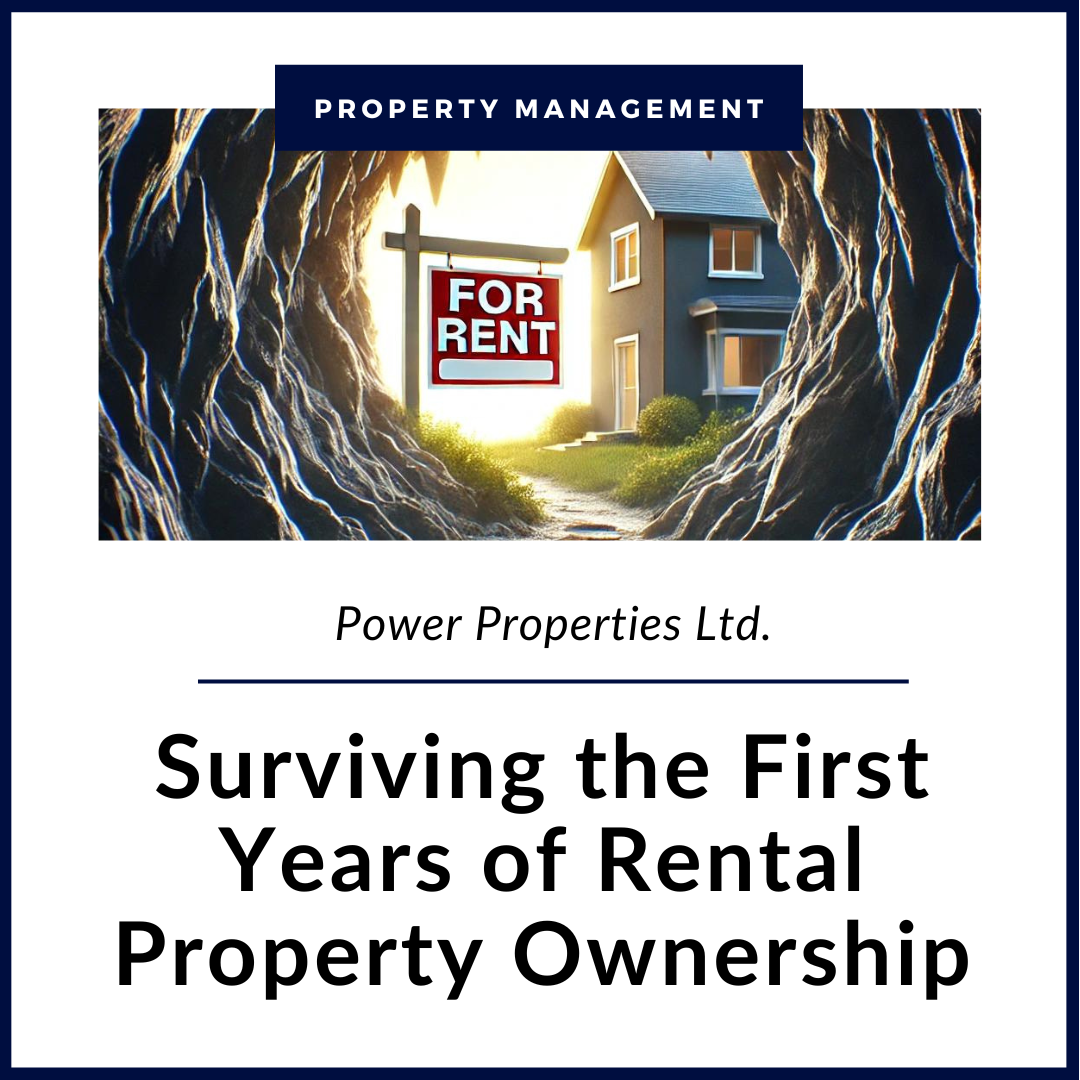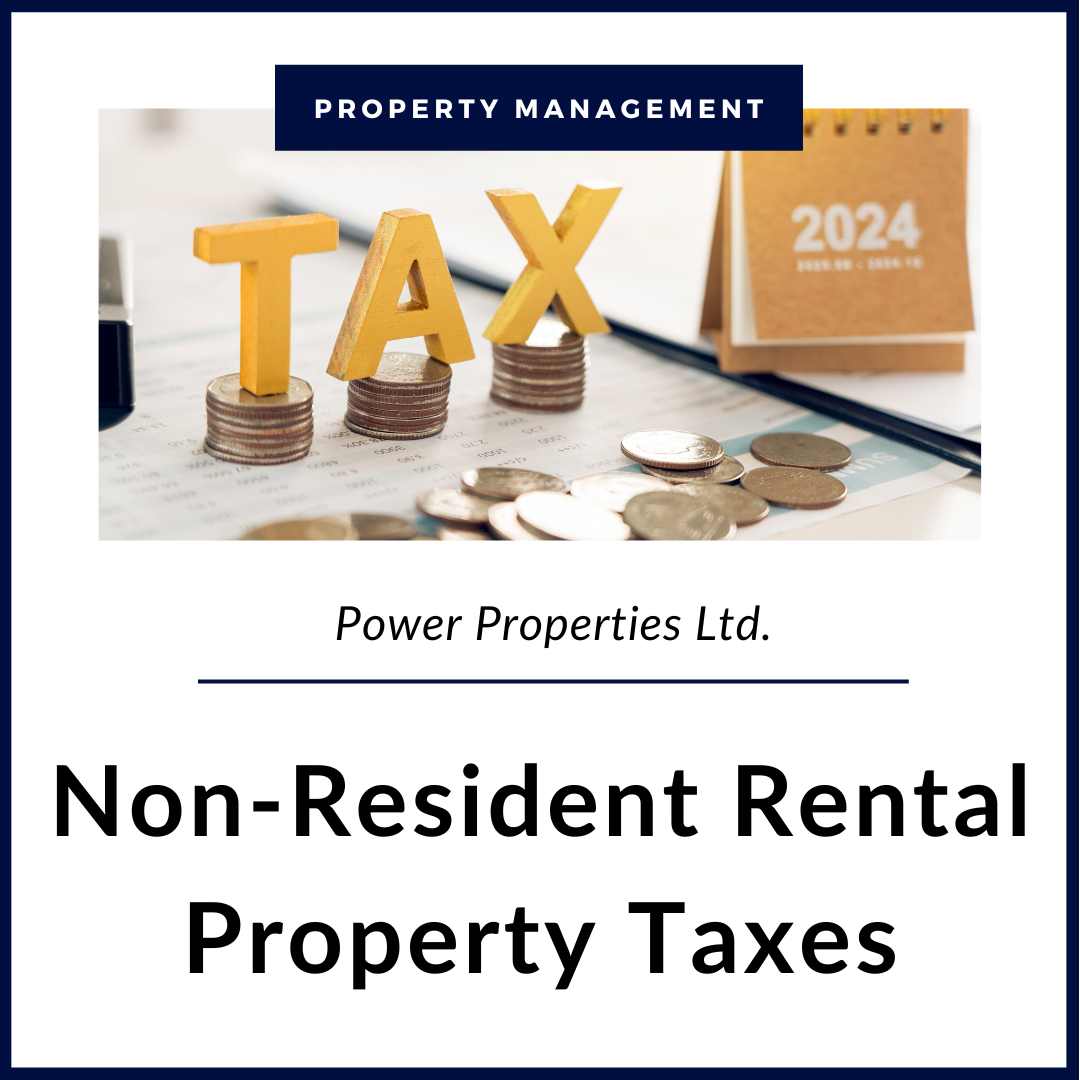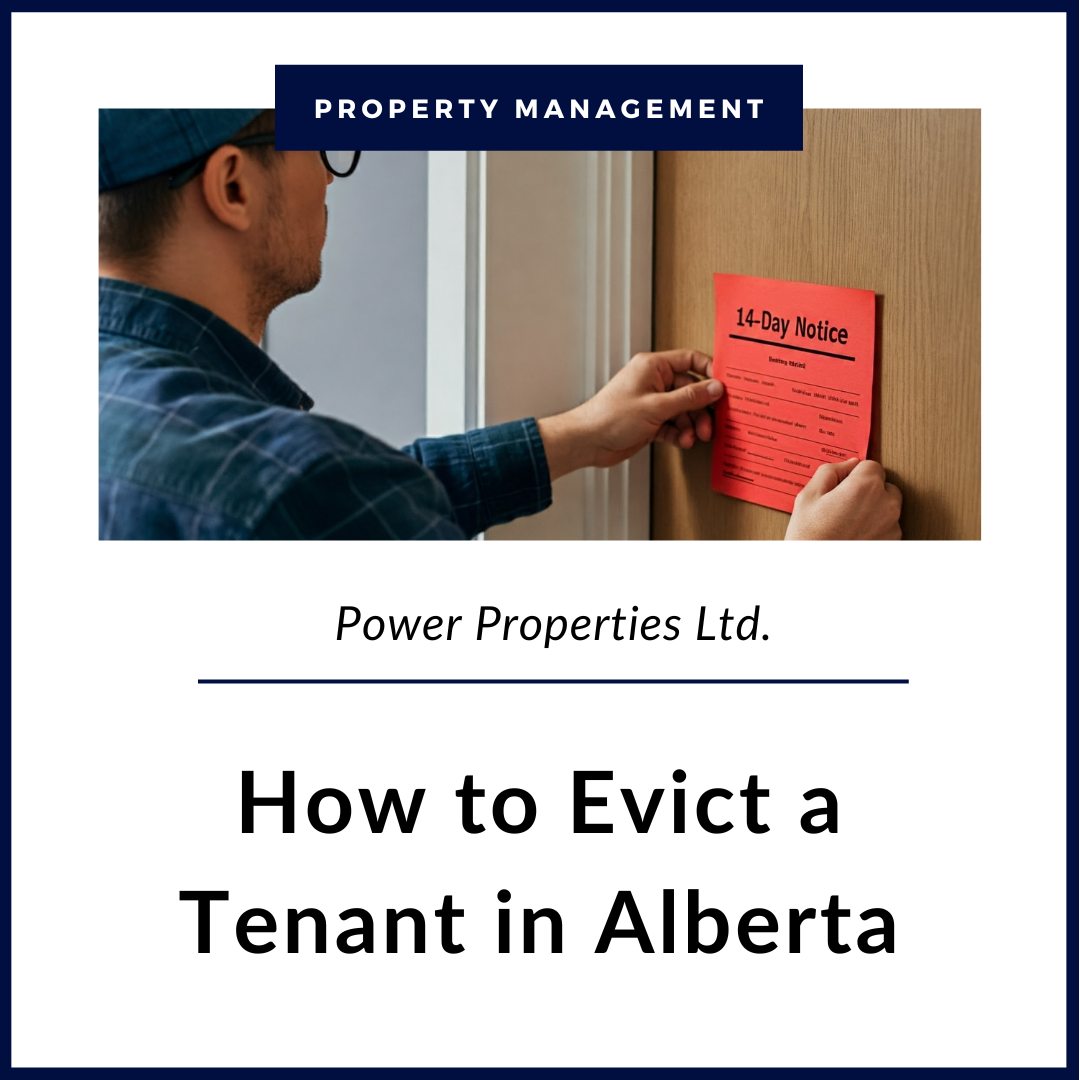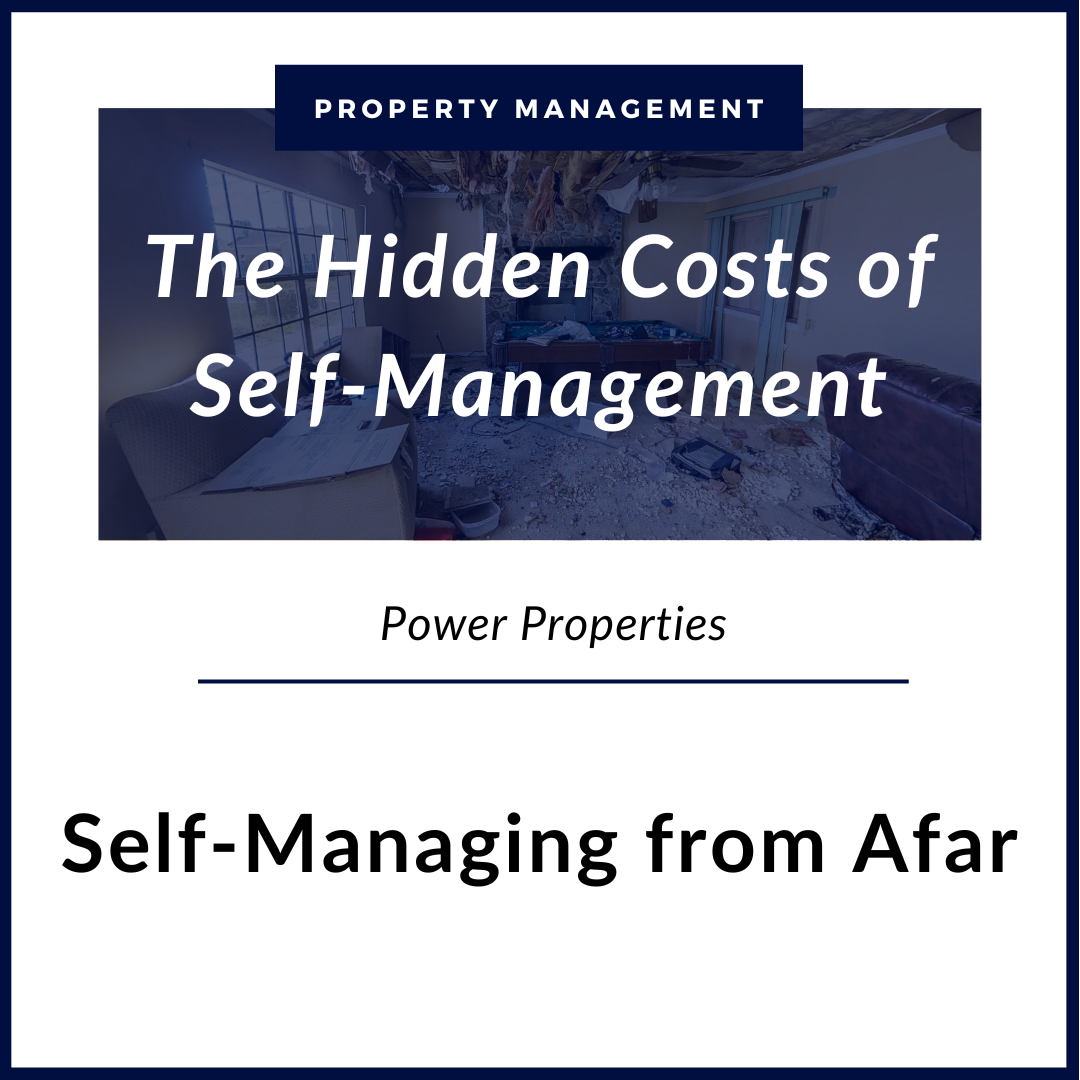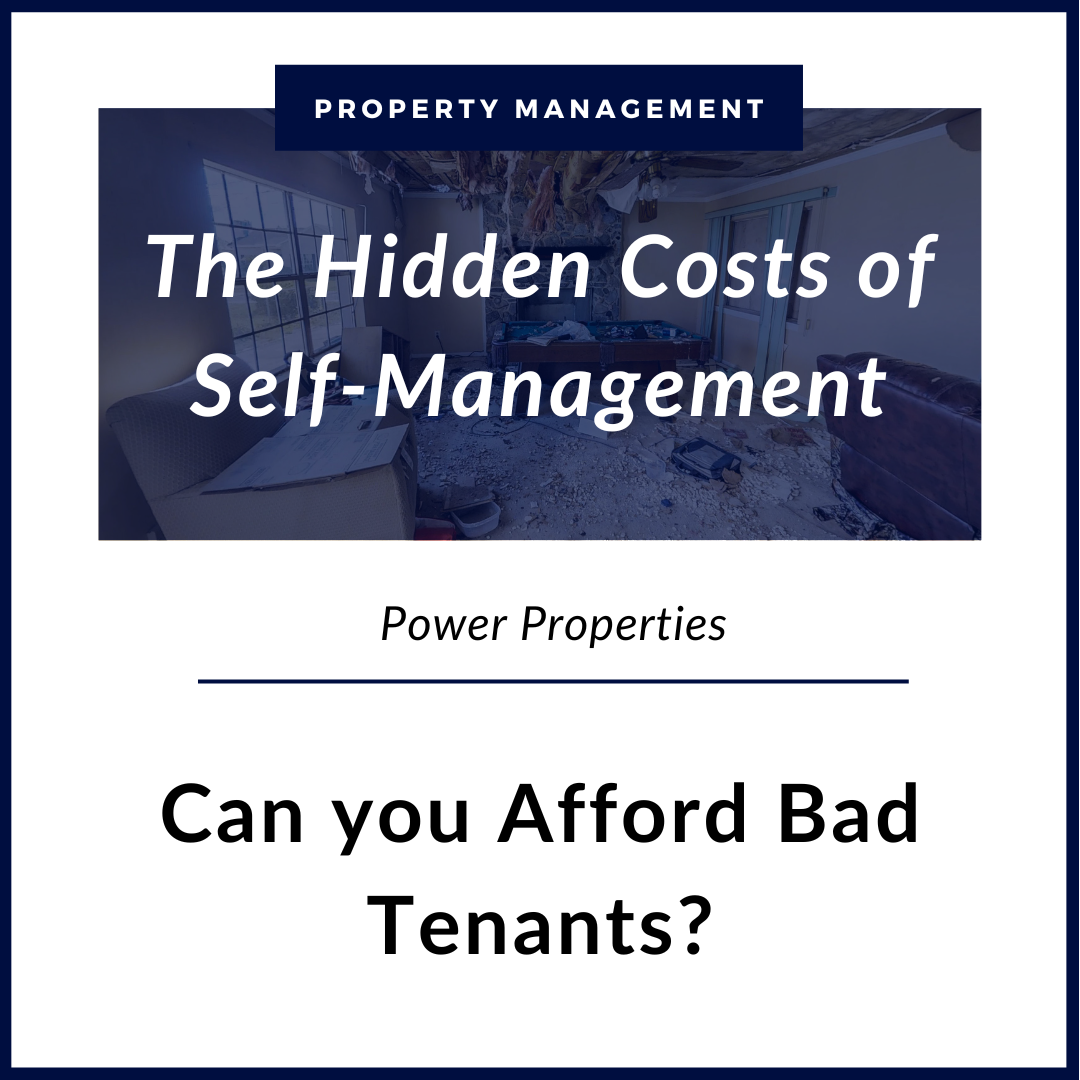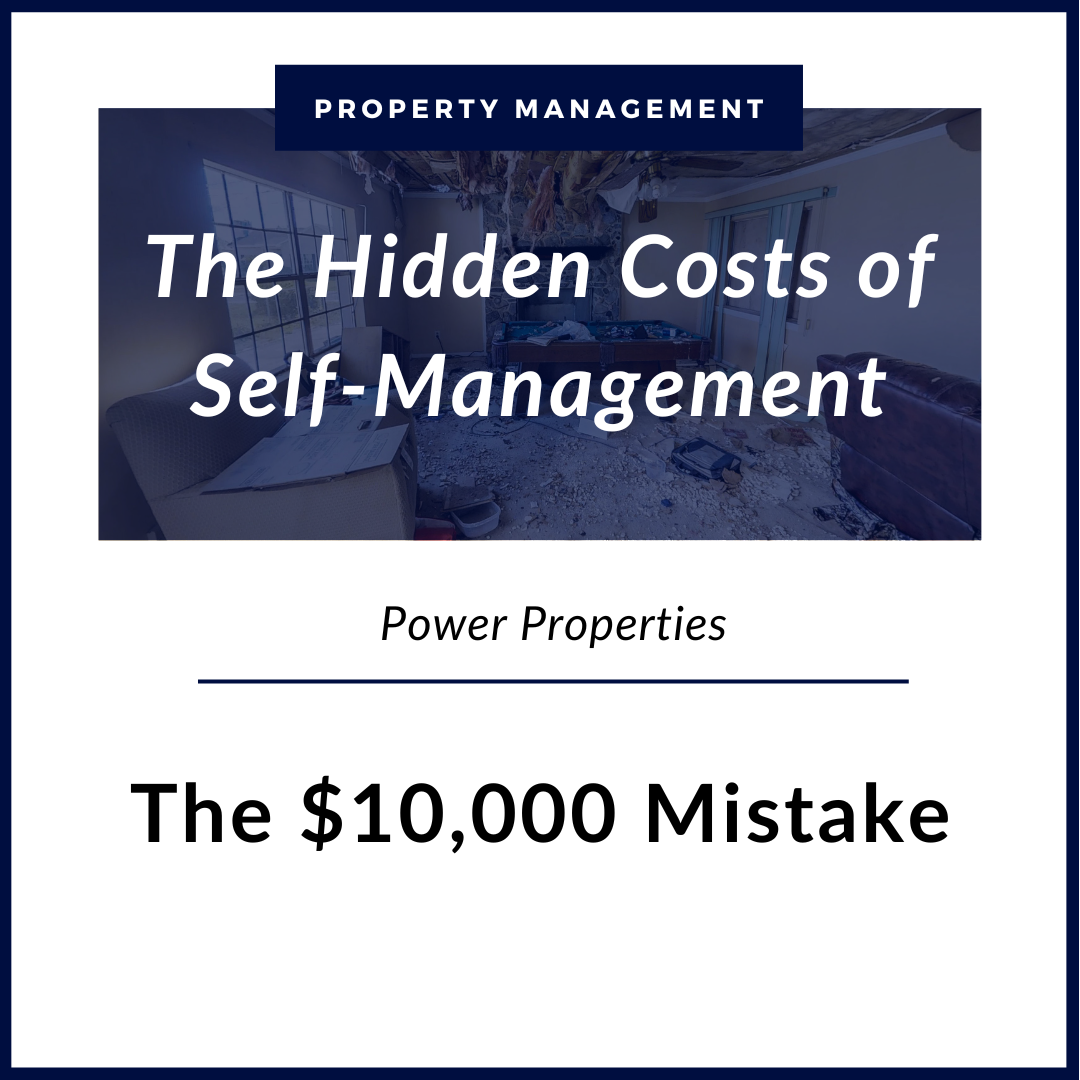Evicting a Tenant in Alberta: A Step-by-Step Guide for Landlords
Written by Jamie Palmer, President and Broker of Power Properties
Imagine this: It's the first of the month, and the rent is due. But instead of a payment notification, you get a text from your tenant with another excuse. Sound familiar? Or maybe it's not the rent, but constant complaints from neighbours about noise, or worse, you discover your property is being damaged.
Dealing with a problem tenant can turn your rental property from a profitable investment into a stressful nightmare. Chasing late rent, dealing with damage, and navigating tense confrontations can eat up your time, drain your energy, and hit you hard in the wallet.
Is this you? Are you facing a similar situation and wondering how to get that tenant out?
Understanding the Legal Landscape in Alberta
Evicting a tenant in Alberta isn't as simple as just telling them to leave. The Residential Tenancies Act lays out specific rules and procedures that landlords must follow. There are different types of eviction notices, including:
24-Hour Notice: For serious breaches like significant property damage or illegal activity.
14-Day Notice: For ongoing issues like unpaid rent, disturbing other tenants, or violating the tenancy agreement.
Getting it wrong can lead to delays, legal challenges, and even having your eviction attempt thrown out completely. Did you know that serving the wrong notice, missing a deadline, or failing to file the correct paperwork can give your tenant grounds to stay?
24-Hour Notice
Issued for serious breaches like illegal activity or significant property damage.
No opportunity for the tenant to fix the breach; they must vacate immediately.
Used for situations like running a drug operation or setting fire hazards on the property.
14-Day Notice
Issued for ongoing issues like unpaid rent or violating the tenancy agreement.
The tenant can resolve the issue (e.g. pay rent) within the 14 days to avoid eviction.
Used for cases like frequently late rent payments or repeated noise complaints.
The Eviction Process: A Step-by-Step Guide (If You Really Want to Do It Yourself)
Ready to tackle this yourself? Here's a simplified breakdown of the eviction process in Alberta:
Serve the Correct Notice: Make sure you're using the right notice for the situation and that it's filled out correctly. It must be delivered to the tenant in a legally acceptable way (e.g., in person, by registered mail).
File with the RTDRS: If the tenant doesn't leave after the notice period, you'll need to file an application with the Residential Tenancy Dispute Resolution Service (RTDRS). This involves completing forms, paying fees, and gathering evidence to support your case. https://www.alberta.ca/residential-tenancy-dispute-resolution-service
Attend a Hearing: The RTDRS will schedule a hearing where you and the tenant can present your sides of the story. Be prepared to answer questions and provide evidence. You will have to submit your evidence prior to the hearing through the RTDS portal.
Obtain an Eviction Order: If the RTDRS rules in your favour, they'll issue an eviction order.
Enforce the Order: If the tenant still refuses to leave, you may need to involve the Sheriff's Office to physically remove them from the property. https://www.alberta.ca/office-of-sheriff-civil-enforcement
DIY Eviction Steps (If you want to do it yourself)
-
A 14-day eviction notice must be in writing and comply with the Residential Tenancies Act by including key details such as the rental property address, the landlord’s or agent’s signature, and the reasons for eviction. For unpaid rent, it should also state that the tenancy won’t be terminated if the rent is paid by the termination date. When delivering the notice, the best practice is to hand-deliver it and send it via email. If the tenant is not home, post the notice on the door and take a photo as proof of delivery.
Important points to remember:
Include the rent due and any additional rent that may become due.
48-hour notices for unauthorized occupants do not need to state the reason for eviction.
24-hour and 48-hour notices must specify the time the tenancy ends.
-
If the tenant fails to pay rent or move within 14 days, the next step is to go through the Residential Tenancy Dispute Resolution Service (RTDRS). Start by creating an account, selecting the appropriate application, and filling in the required information, including your details as the applicant, your tenant’s details as the respondent, and the remedy you are seeking (such as rent payment or tenant eviction). You will need to upload essential documents, such as:
Application
Lease
Move-in report
Tenant ledger showing overdue rent
Copy of the 14-day eviction notice (with the photo of it posted)
After paying the $75 filing fee, serve the tenant with copies of all the uploaded documents. Ensure this is done in person, either to the tenant or an adult residing at the premises, and document the service by taking a photo of the delivery. Then, visit the courthouse to obtain an affidavit of service and upload this to the RTDS portal.
-
After filing the Affidavit of Service, the RTDRS will schedule a hearing where both the landlord and tenant can present their cases. Following the hearing, the RTDRS will issue a decision. If the landlord’s application is successful, the decision may include an order for the tenant to vacate the premises, and a court order will be issued to officially end the tenancy.
-
If the tenant still doesn’t leave, you can provide the court order to a bailiff service to enforce the order and they will physically remove the tenant. It is a good idea to schedule a locksmith at the same time to secure the property and change the locks.
-
When you evict a tenant, you can expect damages and a messy property. Hire a restoration company and or cleaning services to get your property ready for rent again.
The Hidden Costs and Risks of DIY Evictions
Evicting a tenant can be a costly and time-consuming process, even if you do everything right. Here are some hidden costs you might not have considered:
Legal Fees: Researching tenancy laws, preparing documents, and potentially representing yourself at a hearing takes time and effort.
Court Costs: Filing fees, service fees, and other court-related expenses can add up quickly.
Lost Rent: You'll likely lose rent while the eviction process is ongoing.
Stress and Frustration: Dealing with a difficult tenant and navigating the legal system can be incredibly stressful.
And that's not all. DIY evictions come with significant risks:
Procedural Errors: One small mistake can invalidate your eviction attempt
Legal Challenges: Tenants can fight back, potentially delaying the process and increasing your costs.
Tenant Retaliation: In some cases, tenants may retaliate by damaging your property or harassing you.
Why Hiring Power Properties is the Smart Choice
At Power Properties, we understand the challenges landlords face. We're experts in Alberta tenancy law and have a proven track record of evicting other people’s tenants. Here's how we can help:
Handle the Entire Process: We'll take care of everything, from serving the notice to enforcing the eviction order.
Expert Knowledge: We're up-to-date on all the latest laws and regulations, ensuring your eviction is done correctly.
Minimize Your Stress: We'll handle all the paperwork, communication, and court appearances, so you don't have to.
Protect Your Investment: We'll work to get your property back quickly and minimize any financial losses.
We're not just any property management company. We're an award-winning team dedicated to protecting your rights and maximizing your investment.
Prevention is Better Than Cure
The best way to deal with an eviction is to avoid it in the first place. Power Properties can help you find great tenants and manage your property effectively, reducing the risk of problems down the road. Our services include:
Thorough Tenant Screening: We carefully screen potential tenants to ensure they're reliable and responsible.
Lease Agreement Expertise: We use airtight lease agreements that protect your interests.
Proactive Property Management: We handle rent collection, property inspections, and maintenance, keeping your investment in top shape.
With Power Properties, you can enjoy peace of mind knowing your property is in good hands.
Written by Jamie Palmer, President/Broker of Power Properties Ltd.
Jamie Palmer is the President and Broker of Power Properties. He holds a Certified Property Manager (CPM®) designation, the highest designation in Property Management in North America. He earned an Honors degree from the University of Toronto, and he has over two decades of experience in property management.
Power Properties was established in 1980, and is a member of the Canadian Real Estate Association, the Real Estate Institute of Canada, and the Calgary Residential Rental Association. They currently manage over a quarter billion dollars in residential real estate and collect over one million dollars in rent each month.











